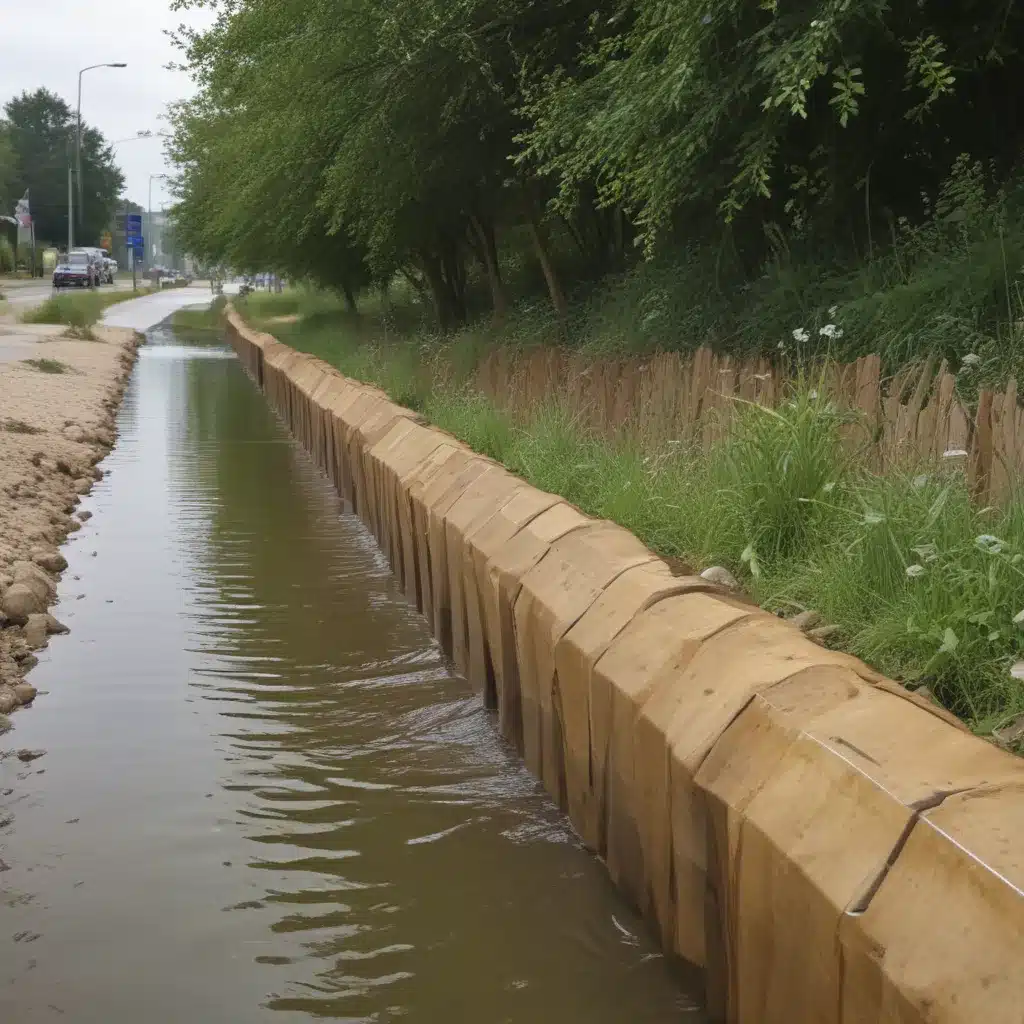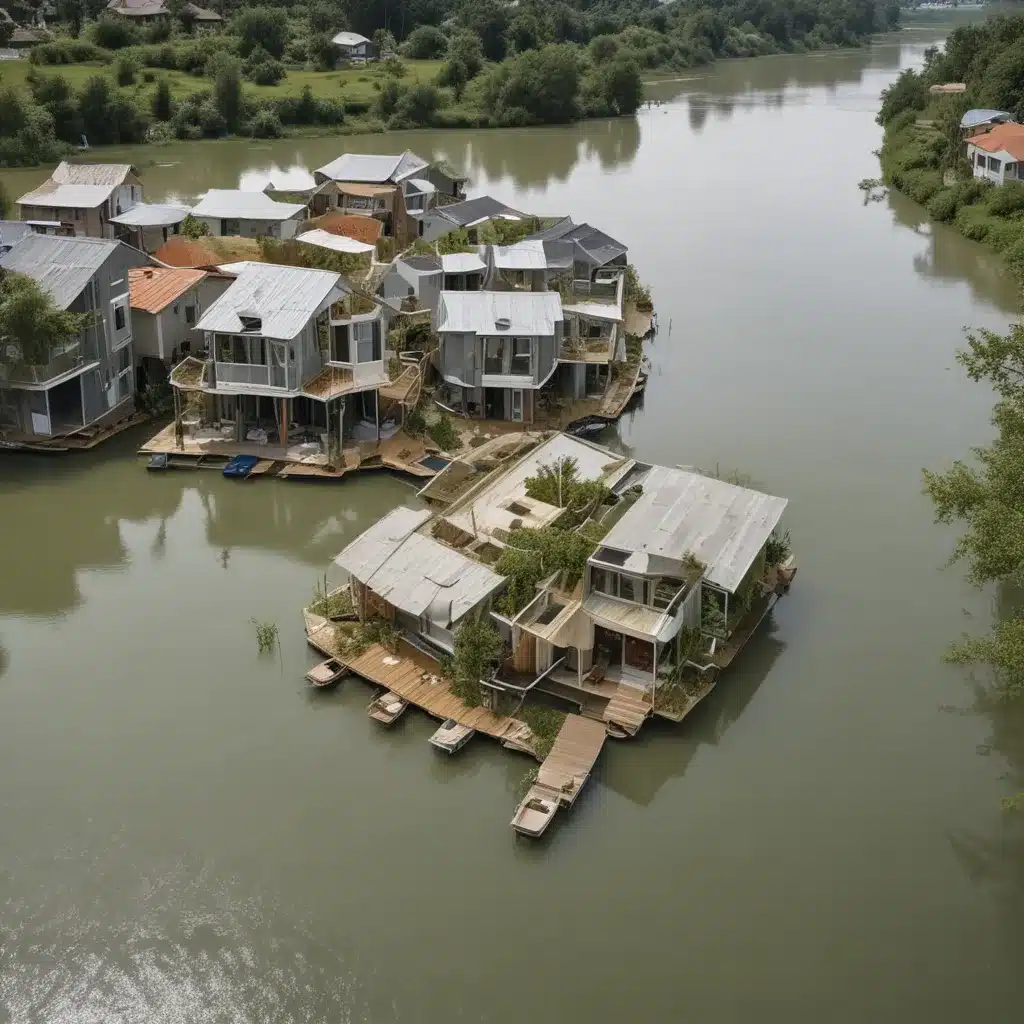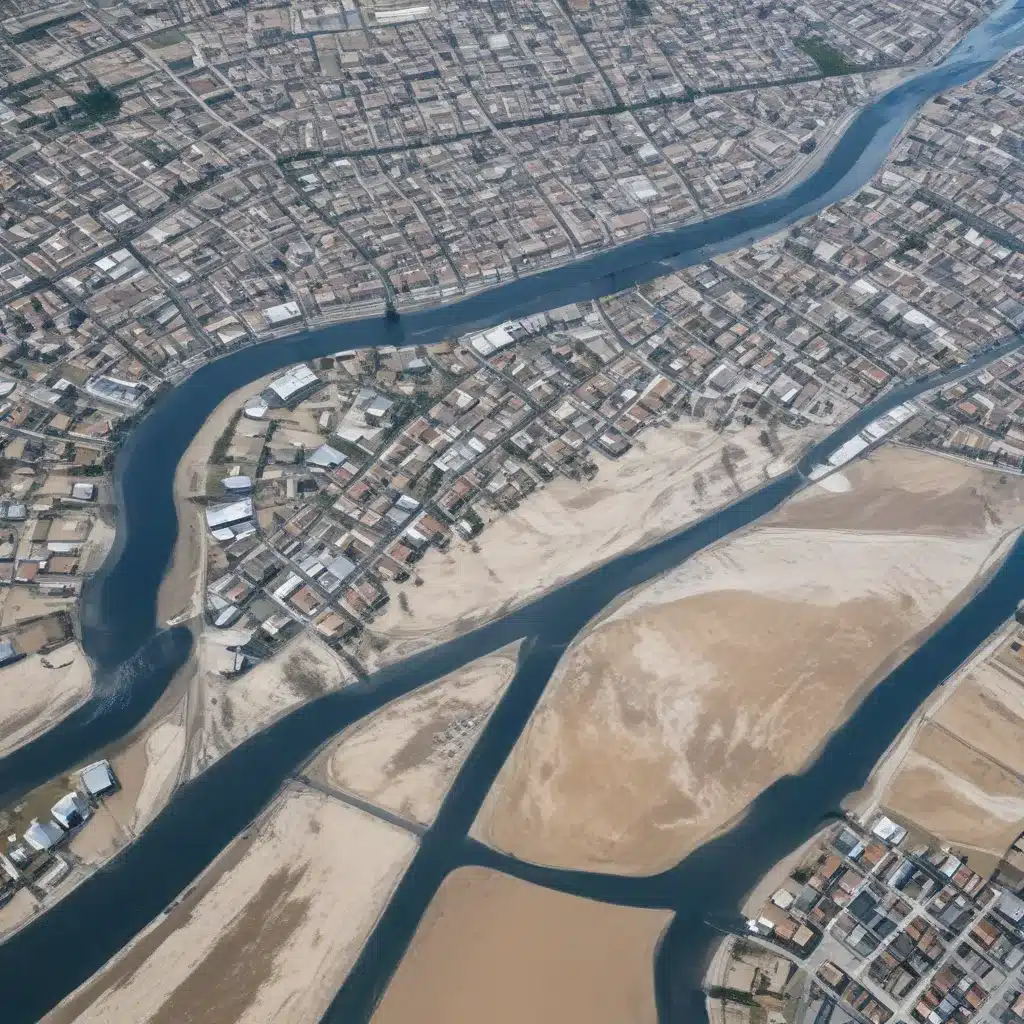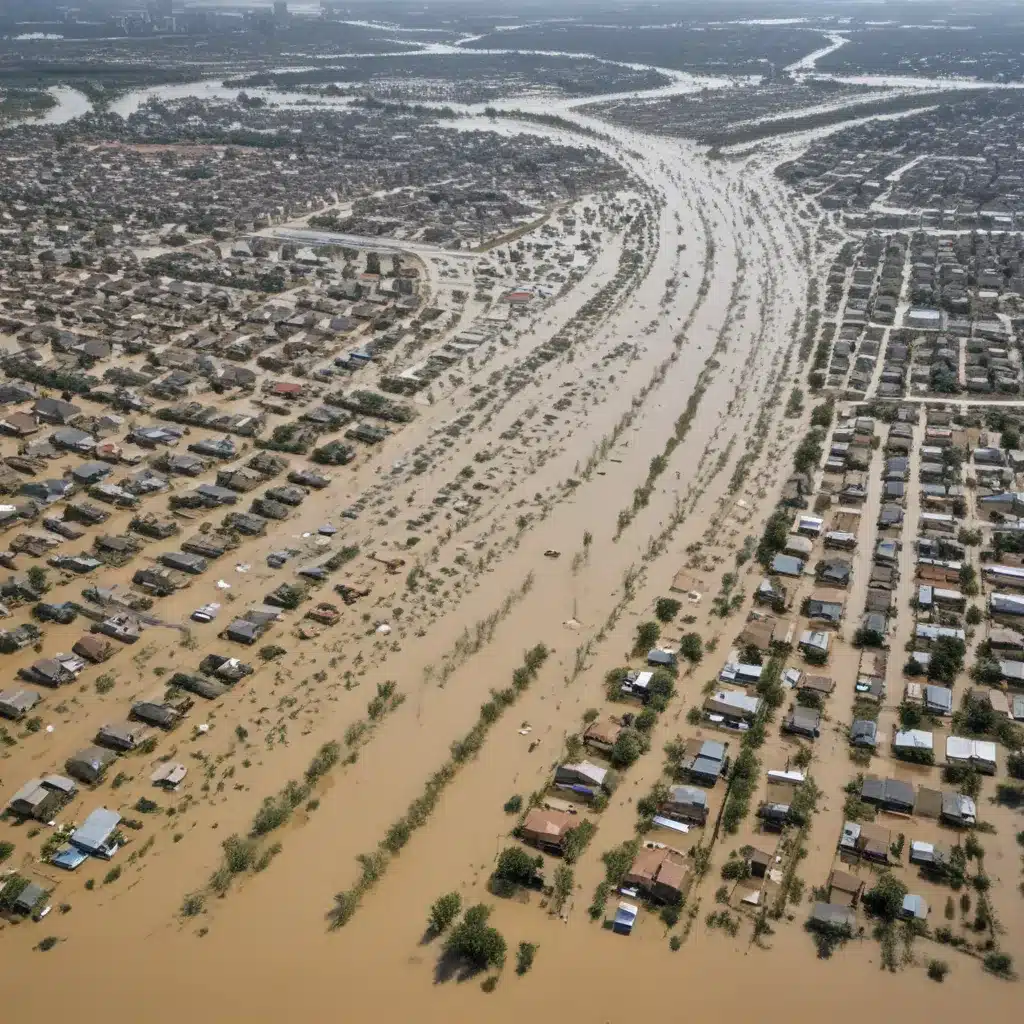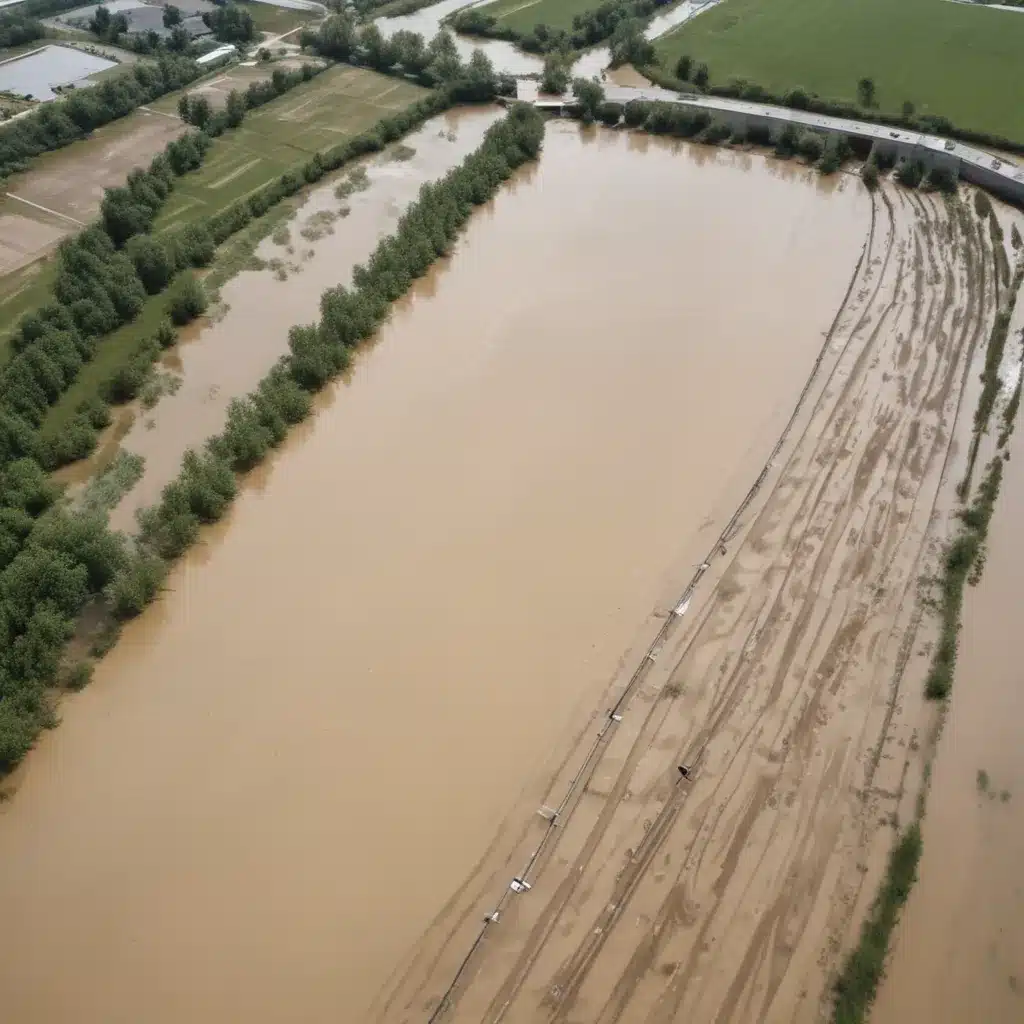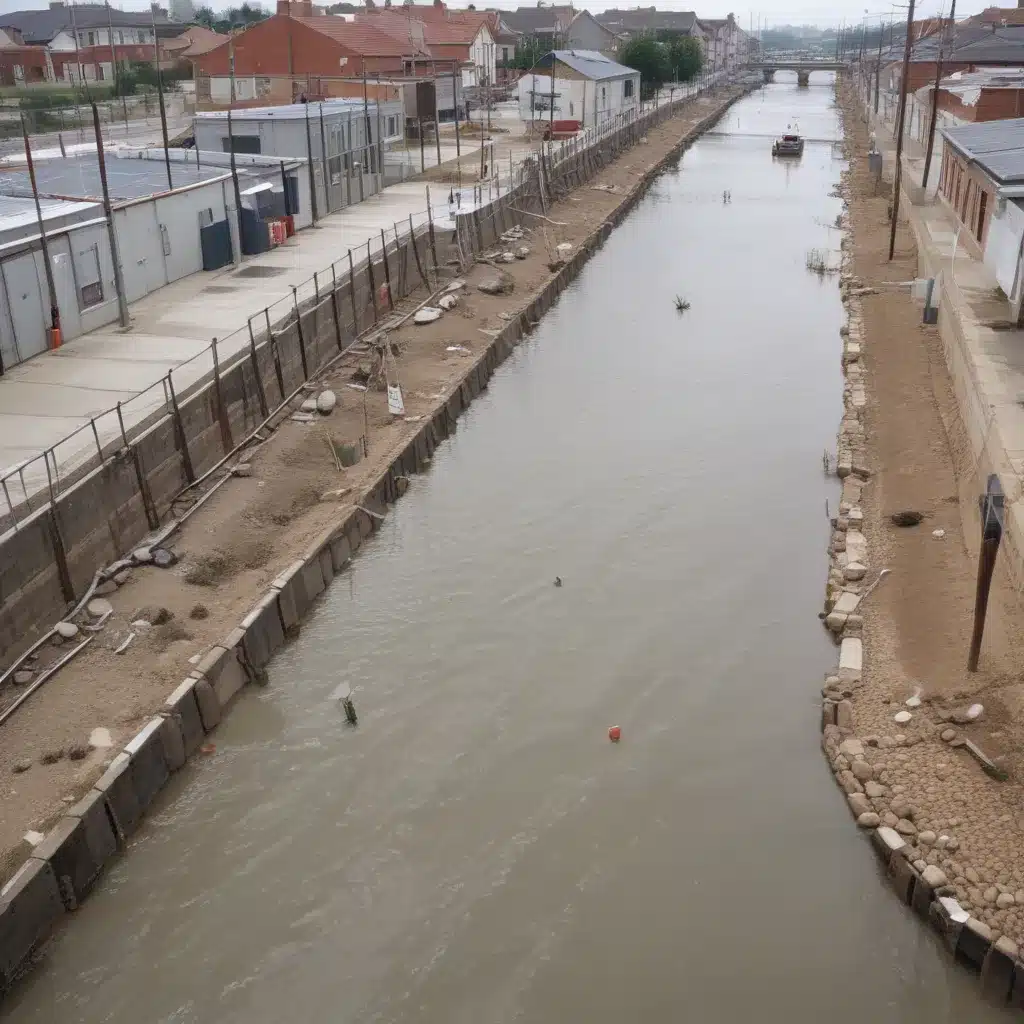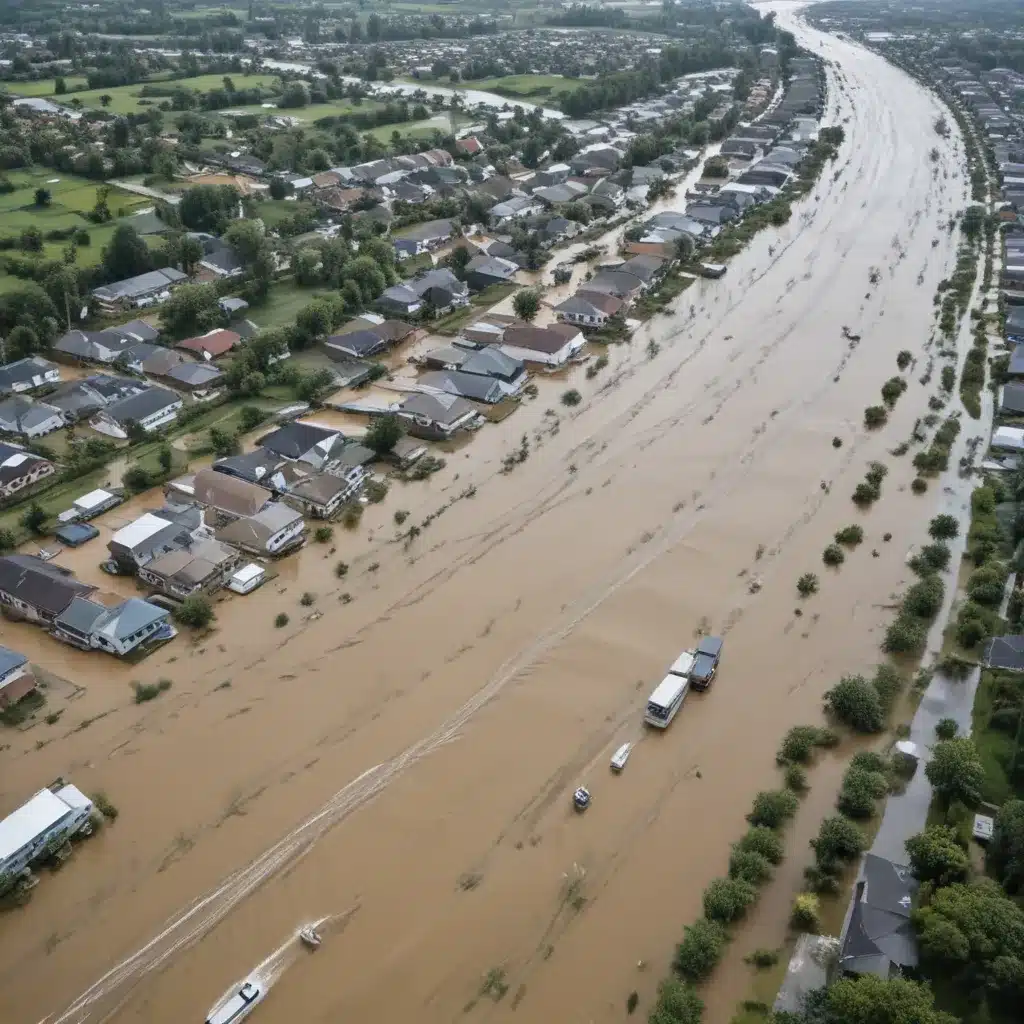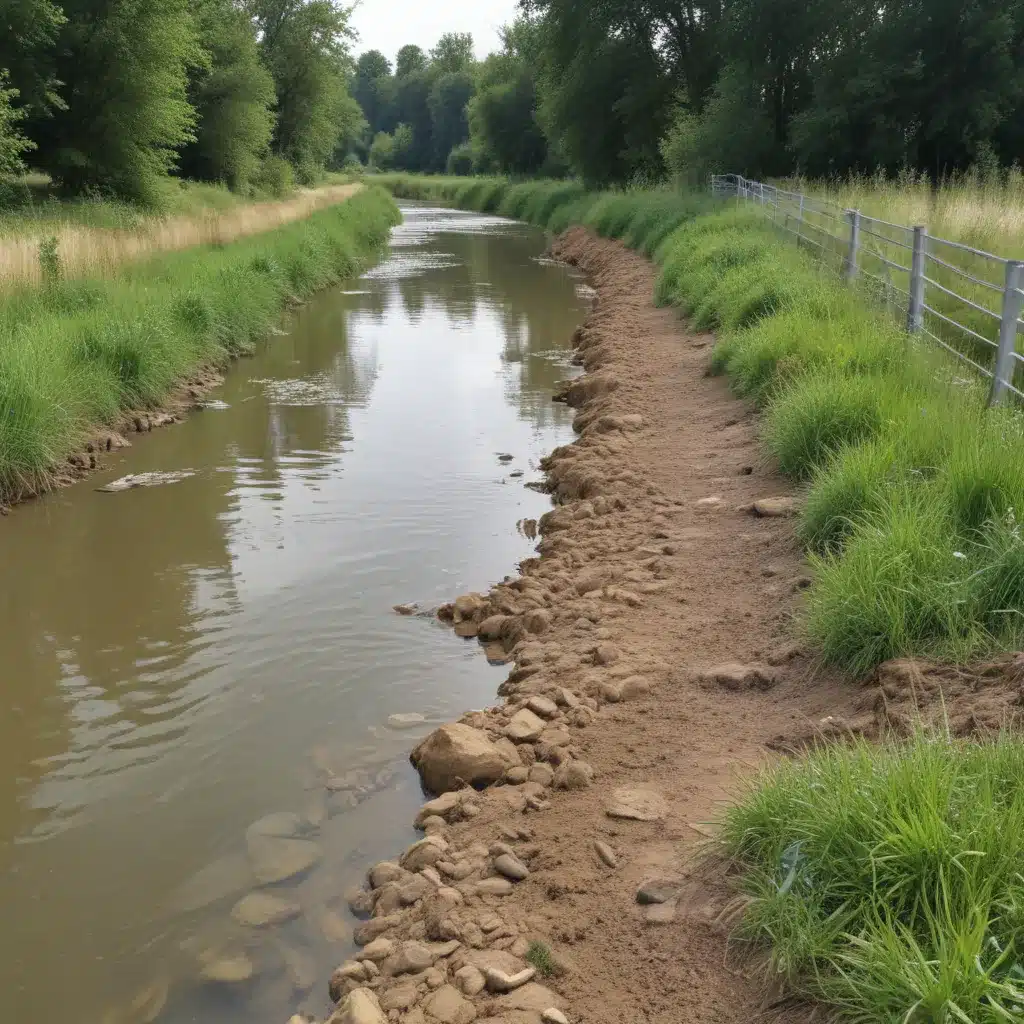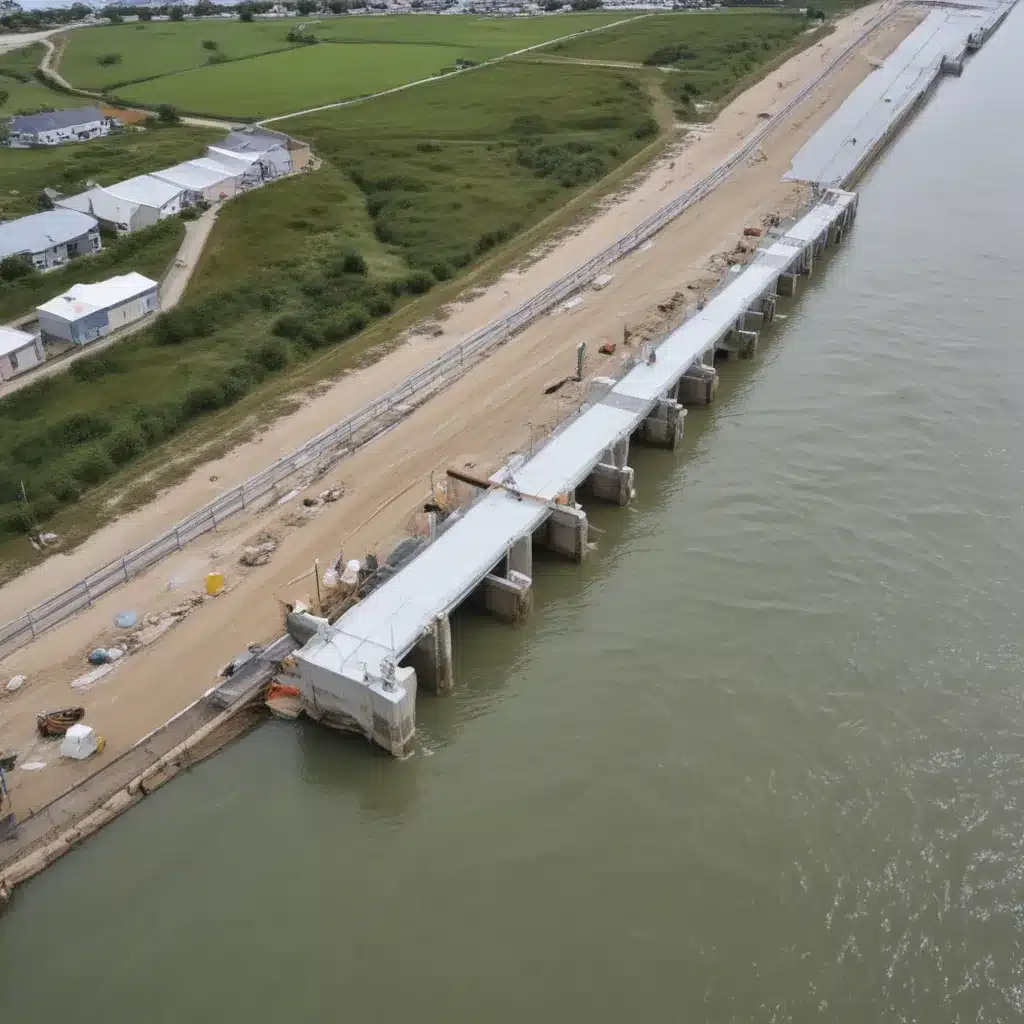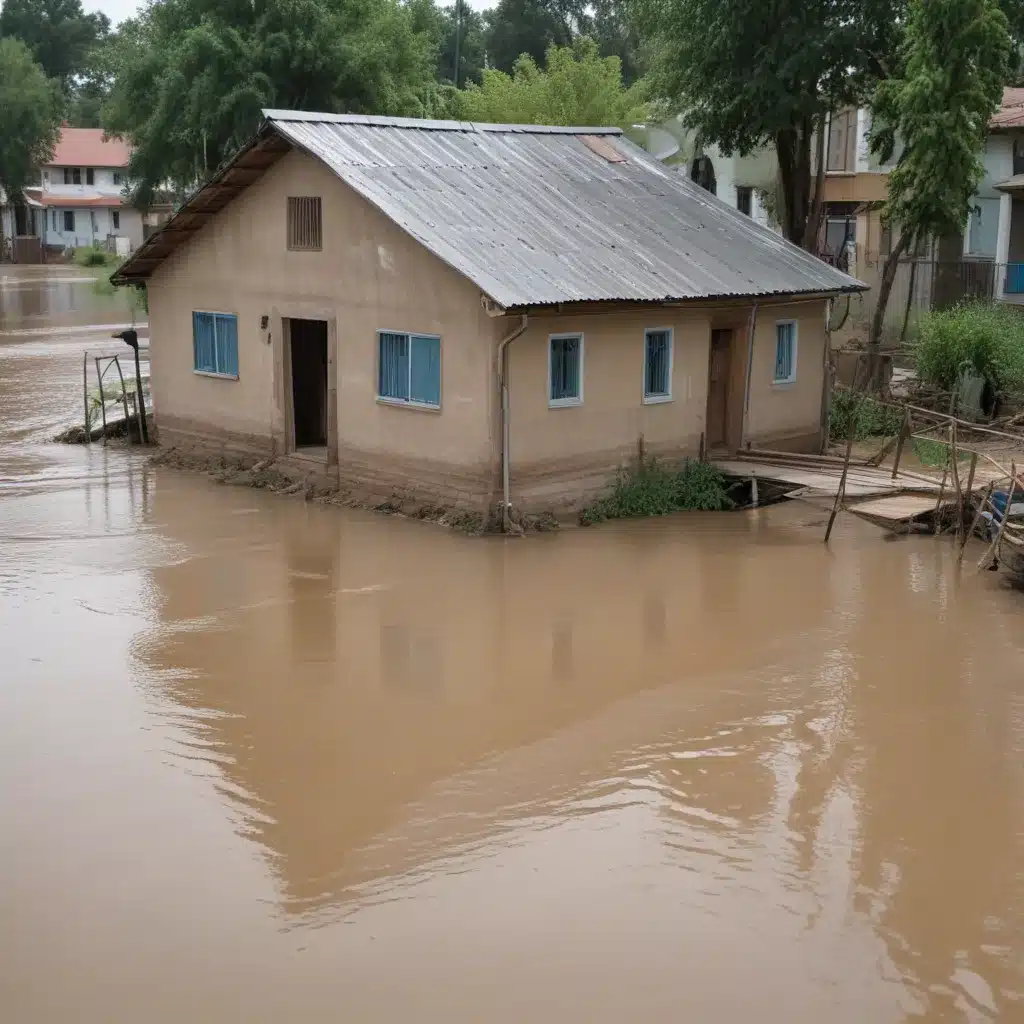
Flood risk management in mountainous areas presents unique challenges due to the complex terrain, intense hydrological processes, and vulnerability of local communities. Traditional “grey” infrastructure like dams, levees, and flood walls can provide essential protection, but increasingly, nature-based solutions (NBS) are being recognized as a key component of comprehensive flood control strategies.
Now, this might seem counterintuitive…
NBS leverage the power of natural ecosystems and processes to reduce flood risks while delivering additional benefits for the environment and local communities. This article explores the application of NBS for flood control in mountainous regions, covering design considerations, implementation approaches, and emerging best practices.
Watershed Analysis and Flood Risk Assessment
Effective flood control begins with a thorough understanding of the watershed dynamics and flood hazards. Watershed analysis combines topographic modeling, hydrologic simulations, and historical data to map flood-prone areas, estimate flow volumes and velocities, and identify critical infrastructure at risk.
Detailed flood risk assessments consider factors like precipitation patterns, snowmelt, soil saturation, and channel morphology to pinpoint vulnerable locations and quantify the potential for damage. This analysis provides a foundation for selecting appropriate flood control measures, whether structural, nature-based, or a combination.
Nature-Based Flood Control Strategies
NBS for flood mitigation in mountainous areas can take many forms, each tailored to the specific landscape and hazards. Some common NBS approaches include:
Floodplain Restoration
Restoring natural floodplains and wetlands can enhance water storage capacity, slow flow velocities, and create natural buffers against flooding. This may involve removing barriers, re-grading surfaces, and reintroducing native vegetation.
Erosion and Sediment Control
Stabilizing slopes, terracing hillsides, and establishing vegetation can reduce soil erosion and debris flows that contribute to flood impacts. These measures trap sediment, strengthen slopes, and slow runoff.
Reforestation and Afforestation
Strategic reforestation and afforestation of upland areas can intercept precipitation, enhance infiltration, and regulate surface water flows. Trees and shrubs also provide slope stabilization and slow the release of snowmelt.
Constructed Wetlands
Engineered wetlands and ponds can temporarily store and slowly release floodwaters, mimicking natural hydrological processes. These features also filter sediment and pollutants, enhancing water quality.
Permeable Surfaces
Replacing impervious surfaces with permeable pavement, vegetated swales, and other green infrastructure allows rainwater to infiltrate the soil, reducing runoff volumes and flood peaks.
Integrated Approaches
Many effective flood control strategies combine structural measures like levees or detention basins with NBS elements. This “hybrid” approach can optimize flood protection, ecological benefits, and community co-benefits.
Design Considerations for NBS
When implementing NBS for flood control in mountainous regions, several key design factors might want to be considered:
Hydrology and Hydraulics: NBS might want to be properly sized and configured to accommodate the anticipated flood volumes, flow velocities, and water storage needs of the watershed.
Geotechnical Stability: Slope stabilization, soil reinforcement, and erosion control are critical, especially in areas prone to landslides, debris flows, and other geohazards.
Ecological Integration: NBS should be designed to enhance or restore natural habitats, support biodiversity, and integrate seamlessly with the surrounding environment.
Community Benefits: Engaging local stakeholders to identify and incorporate recreational, aesthetic, and socioeconomic co-benefits can increase the acceptance and long-term viability of NBS projects.
Maintenance Requirements: NBS often require ongoing monitoring and maintenance to double-check that continued functionality, such as vegetation management, sediment removal, and structural inspections.
Regulatory Compliance: Flood control projects, whether structural or nature-based, might want to adhere to local, regional, and national regulations regarding floodplain management, environmental protection, and water resources.
Implementing NBS in Practice
Transitioning from traditional “grey” flood control to NBS-based approaches often requires overcoming institutional and societal barriers. Some key strategies for successful implementation include:
Collaborative Planning: Engaging a wide range of stakeholders, from government agencies to community groups, in the design and decision-making process can build consensus and ownership around NBS projects.
Pilot Demonstrations: Showcasing the effectiveness of NBS through small-scale pilot projects can help convince skeptical decision-makers and build public support.
Multifunctional Design: Emphasizing the multiple co-benefits of NBS, such as habitat restoration, recreational opportunities, and improved water quality, can strengthen the business case for investment.
Innovative Financing: Exploring alternative funding sources, such as eco-tourism revenue, carbon credits, or payment for ecosystem services, can supplement traditional public infrastructure budgets.
Capacity Building: Providing training, technical assistance, and knowledge-sharing platforms can empower local communities and practitioners to design, implement, and maintain NBS projects.
Emerging Trends and Future Directions
As the understanding and acceptance of NBS grows, several promising trends are emerging in the field of mountainous flood control:
Hybrid Approaches: Integrating NBS with traditional structural measures, such as using vegetated levees or floodable parks, is becoming more common to leverage the strengths of both approaches.
Catchment-Scale Planning: Adopting a holistic, watershed-based perspective to flood control, rather than focusing on individual project sites, can optimize the performance and co-benefits of NBS.
Ecosystem Service Valuation: Developing robust methods to quantify the economic, social, and environmental value of NBS is crucial for making the business case and securing long-term funding.
Climate Adaptation: As climate change intensifies the frequency and severity of floods in mountainous regions, NBS are increasingly recognized as a flexible, resilient, and sustainable approach to flood risk management.
Community Engagement: Meaningful stakeholder involvement, from the initial planning stages to long-term stewardship, is essential for the success and acceptance of NBS projects.
By leveraging the power of nature, mountain communities can build resilience to floods while enhancing their local environments and quality of life. As the field of NBS continues to evolve, innovative flood control strategies will play a vital role in safeguarding vulnerable regions.
Tip: Implement real-time monitoring to swiftly respond to flood risks

